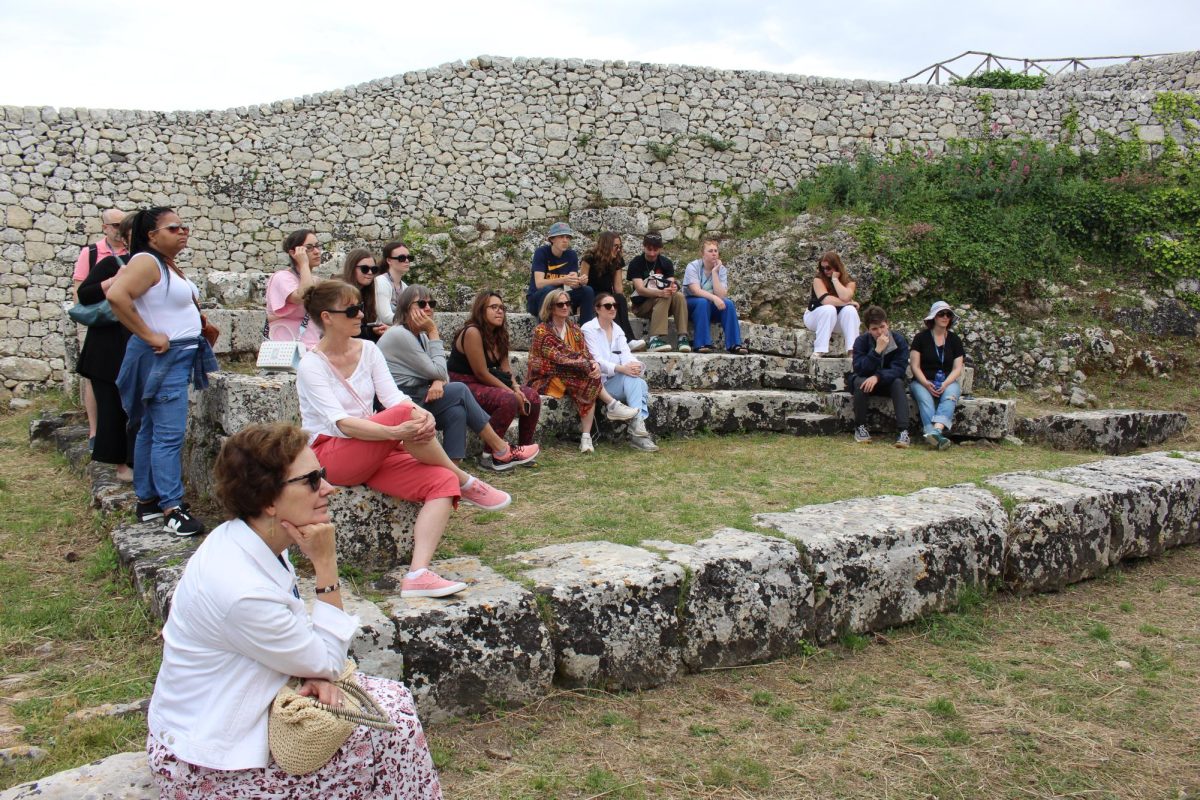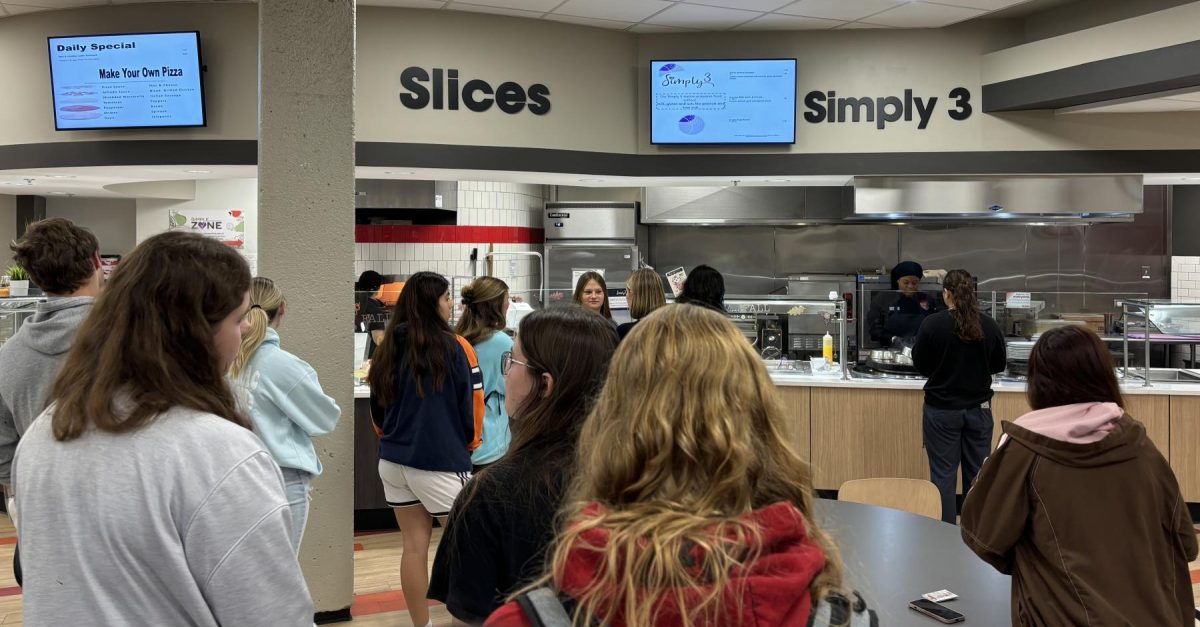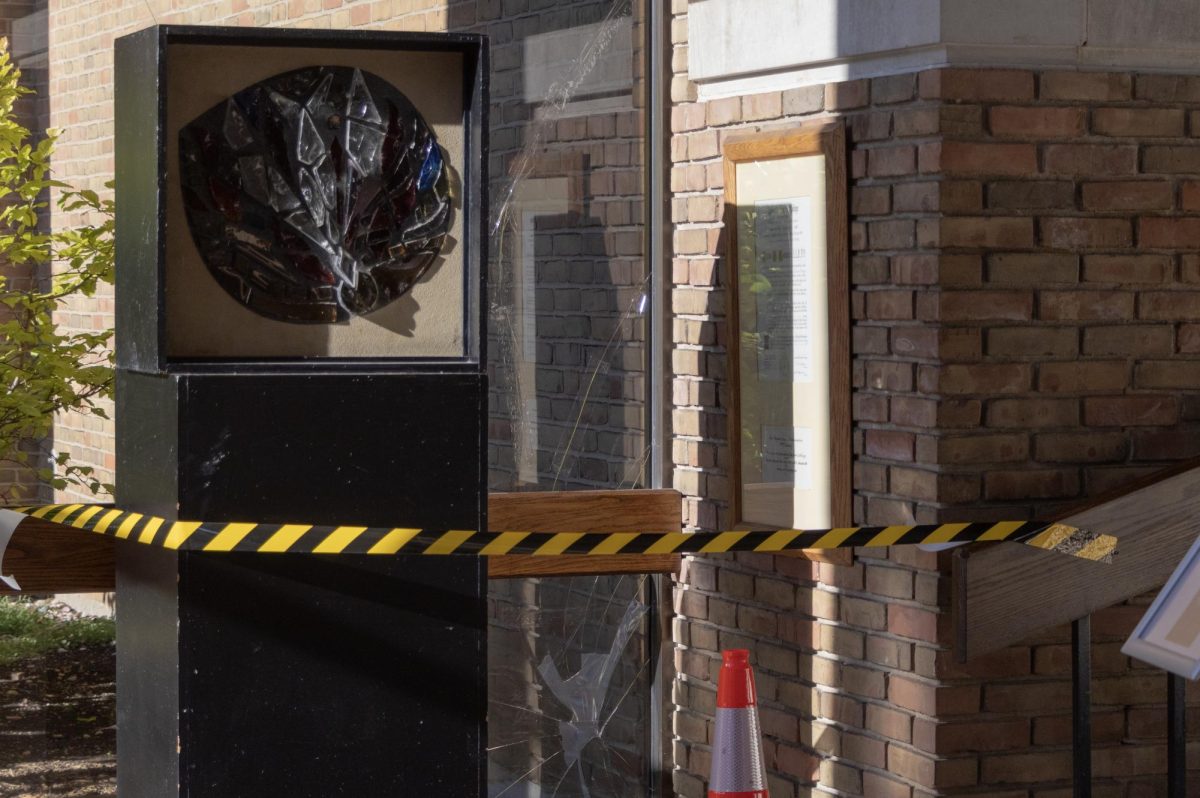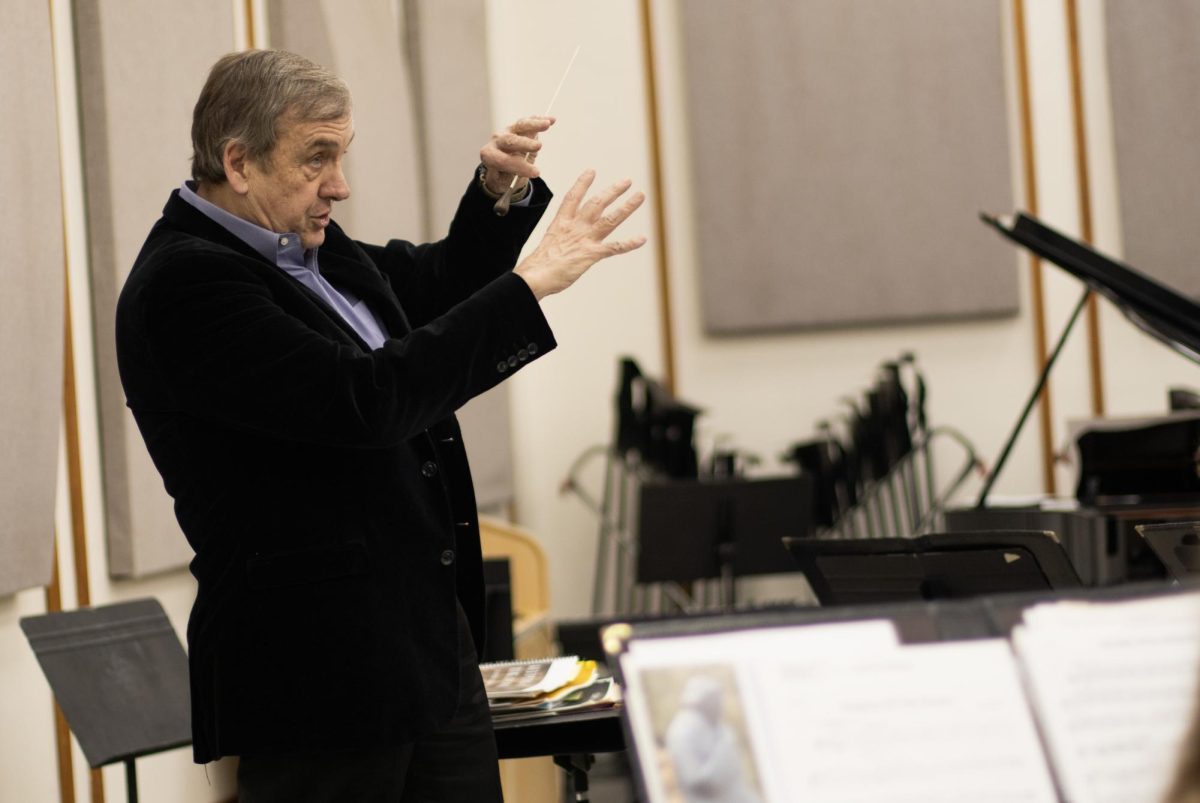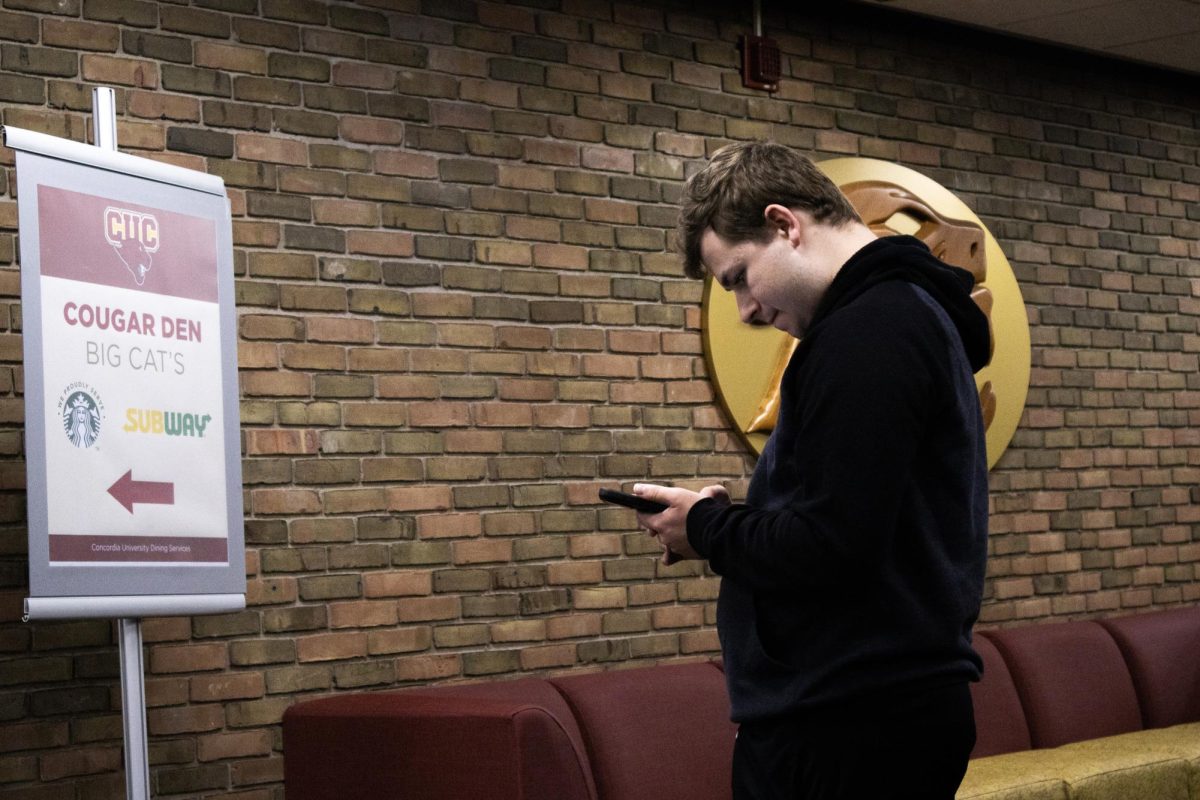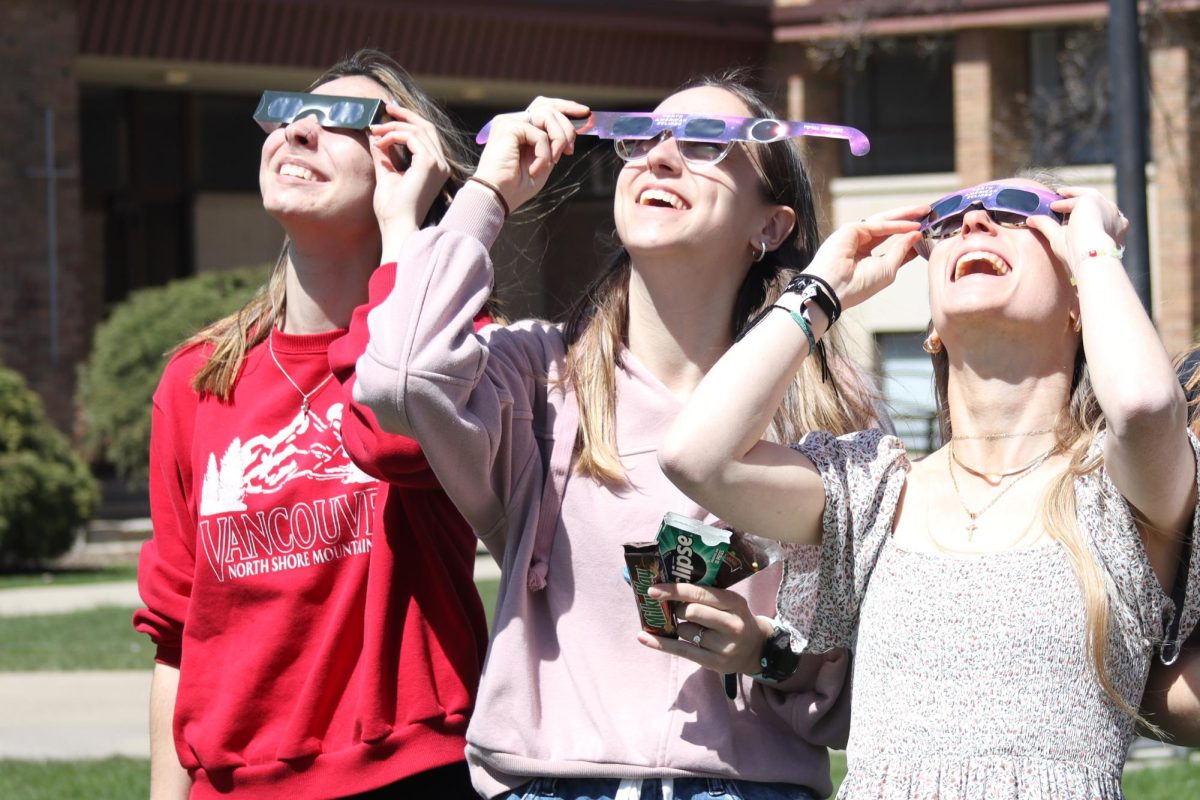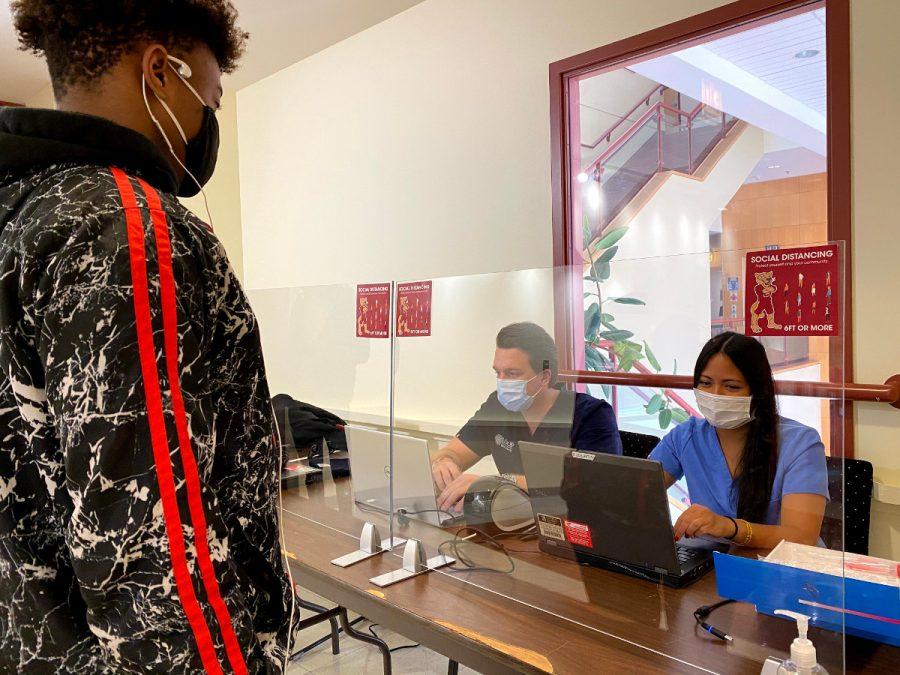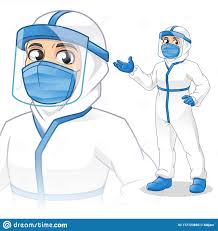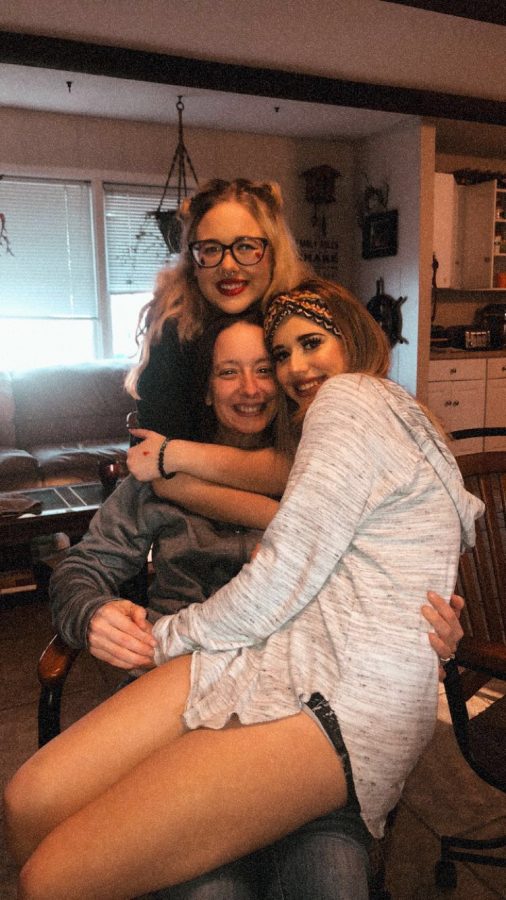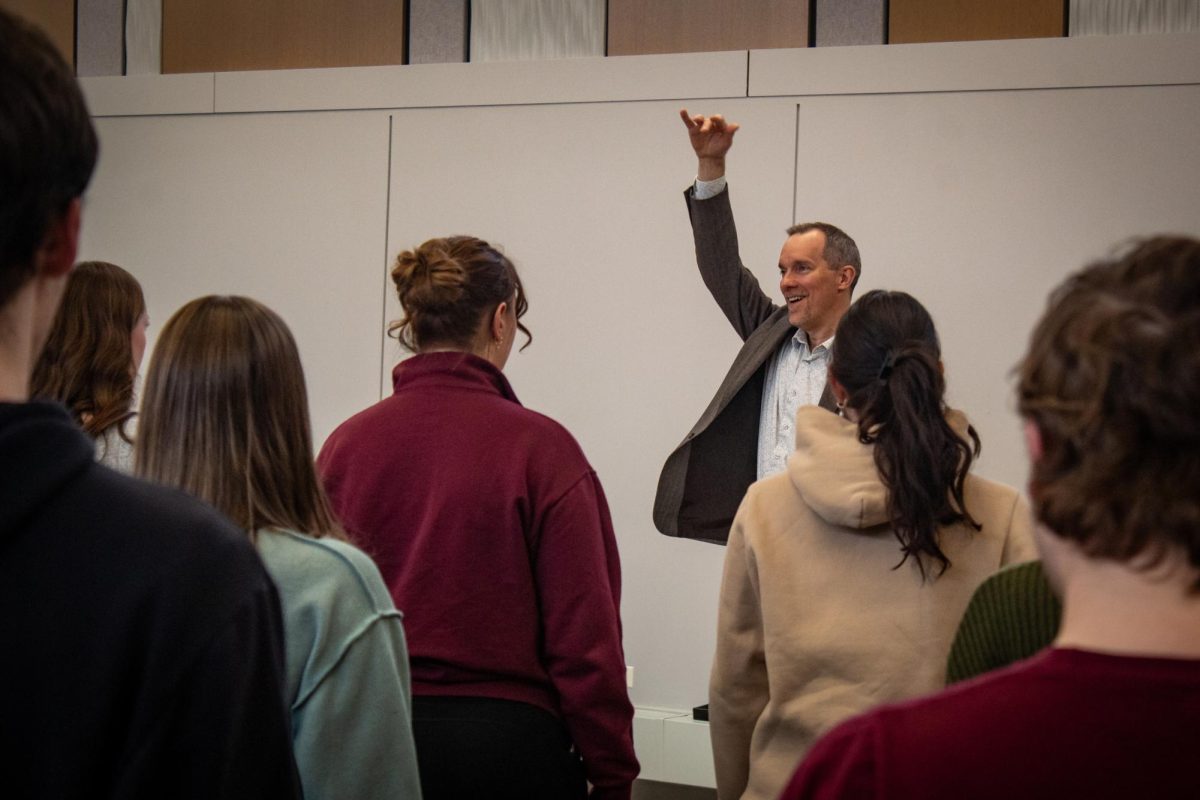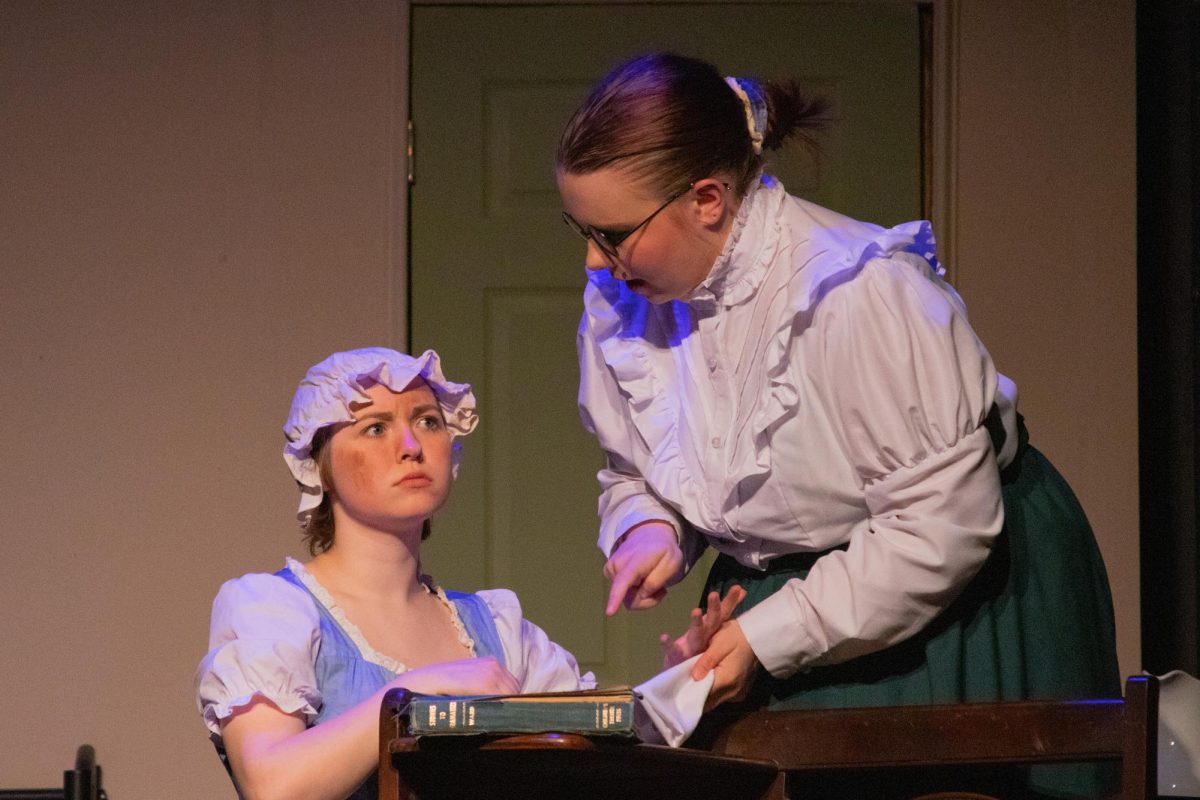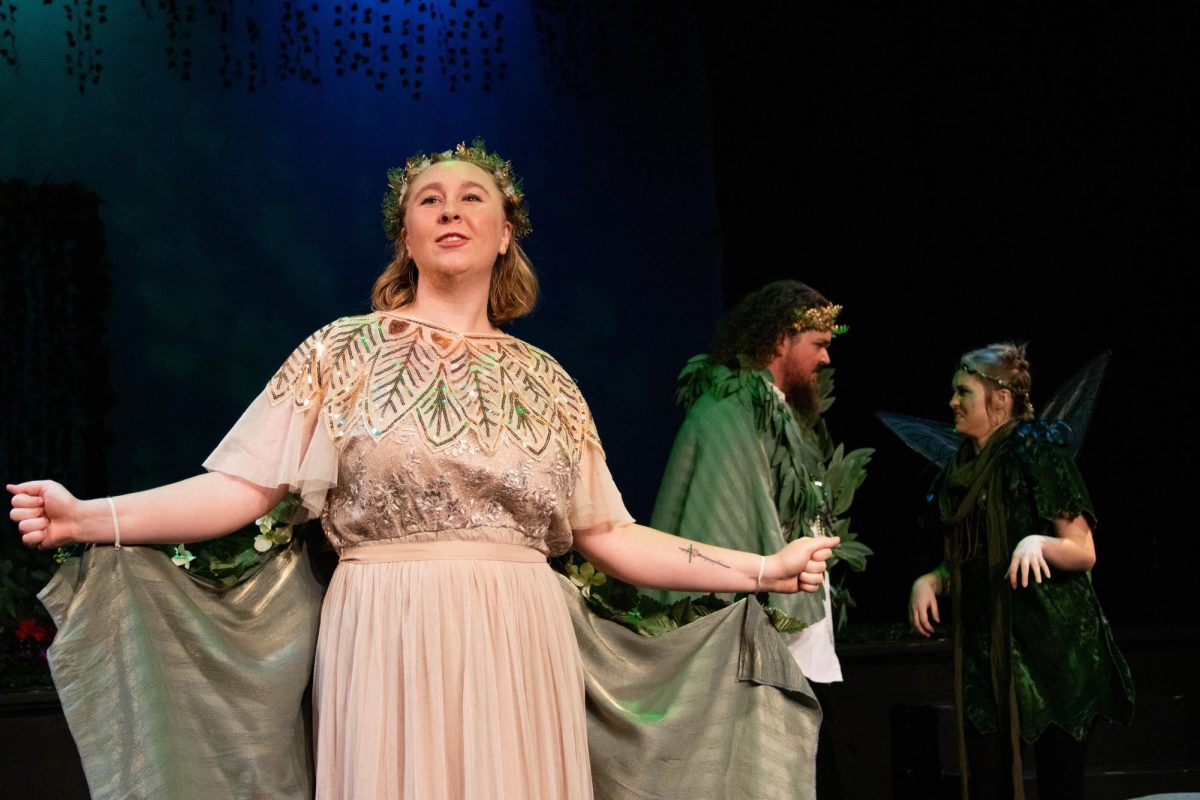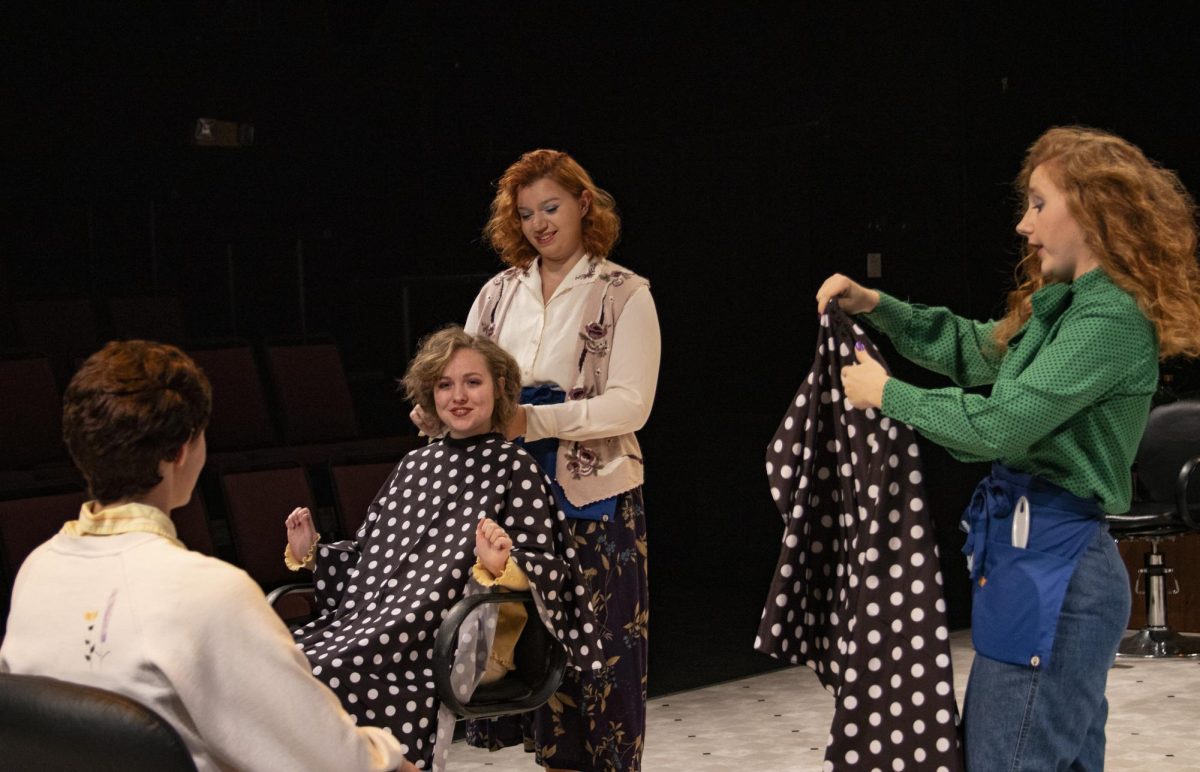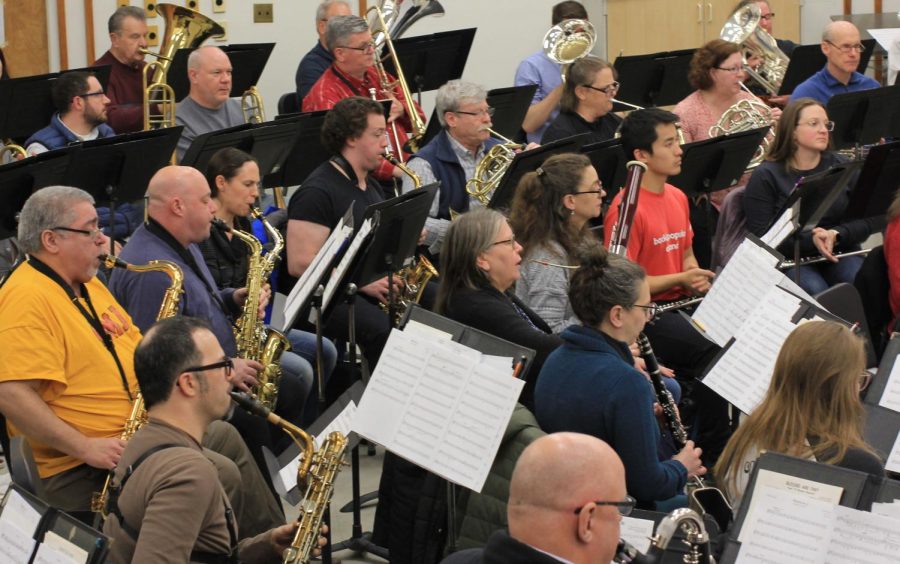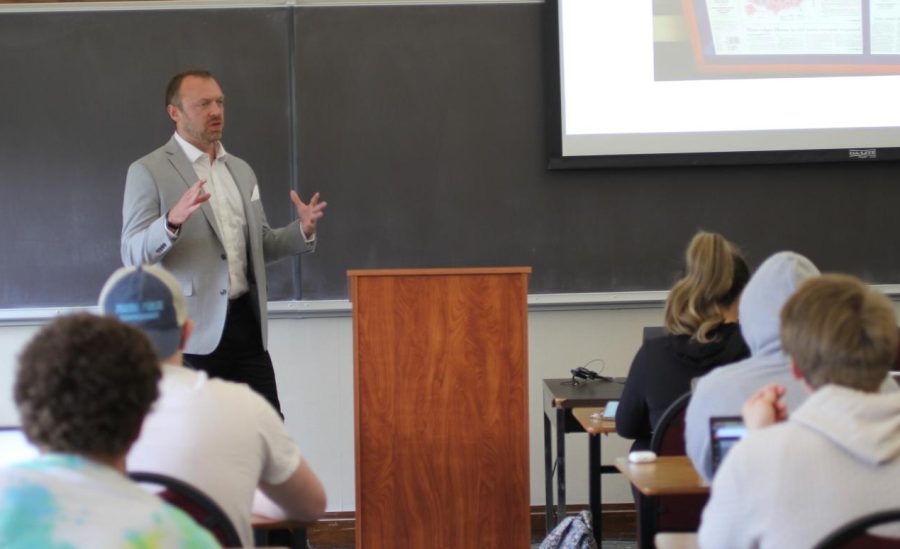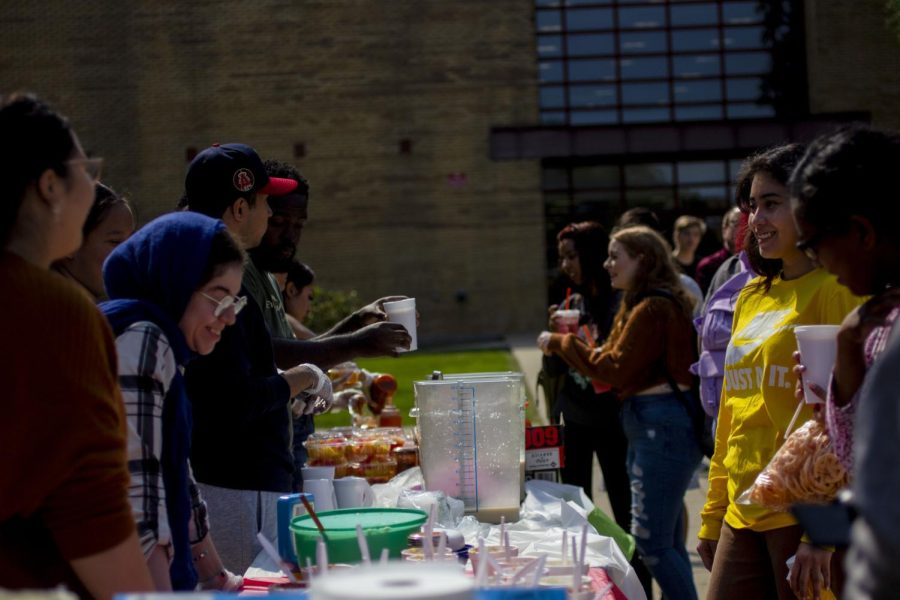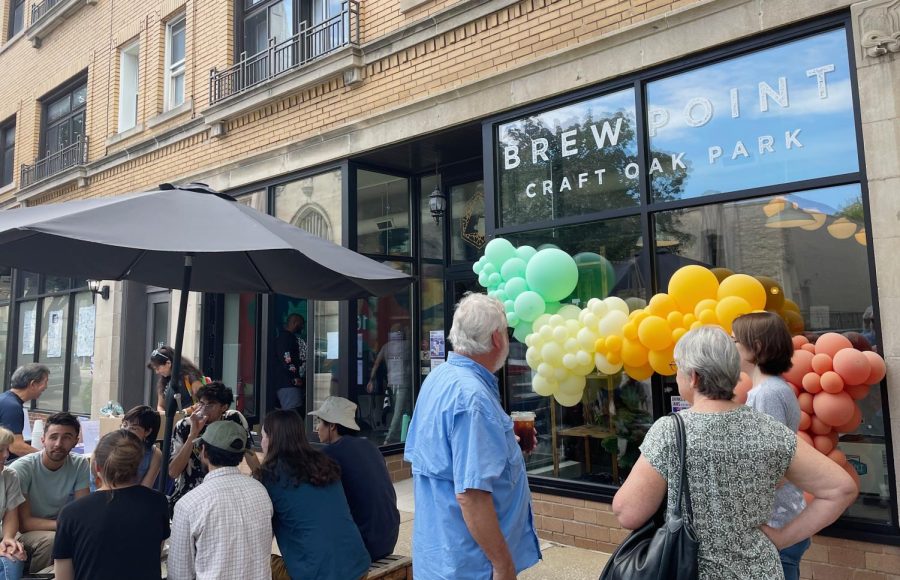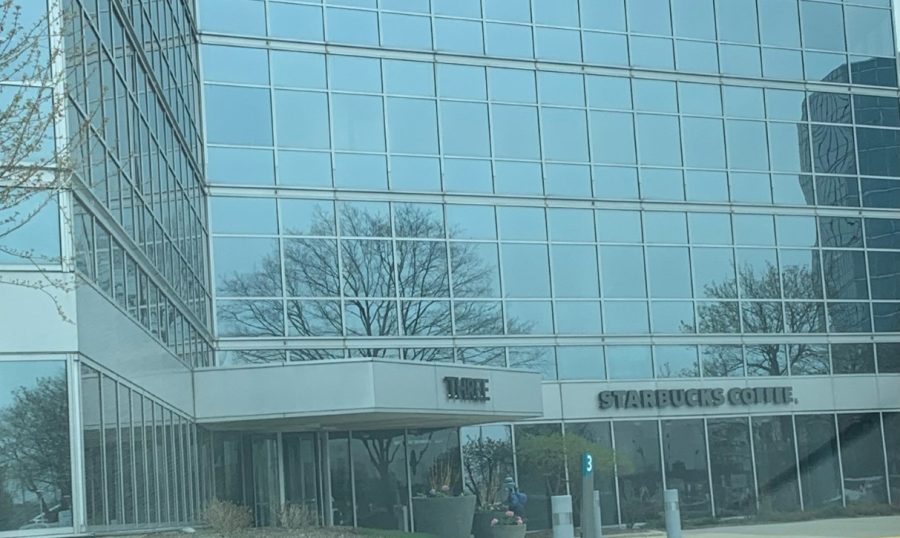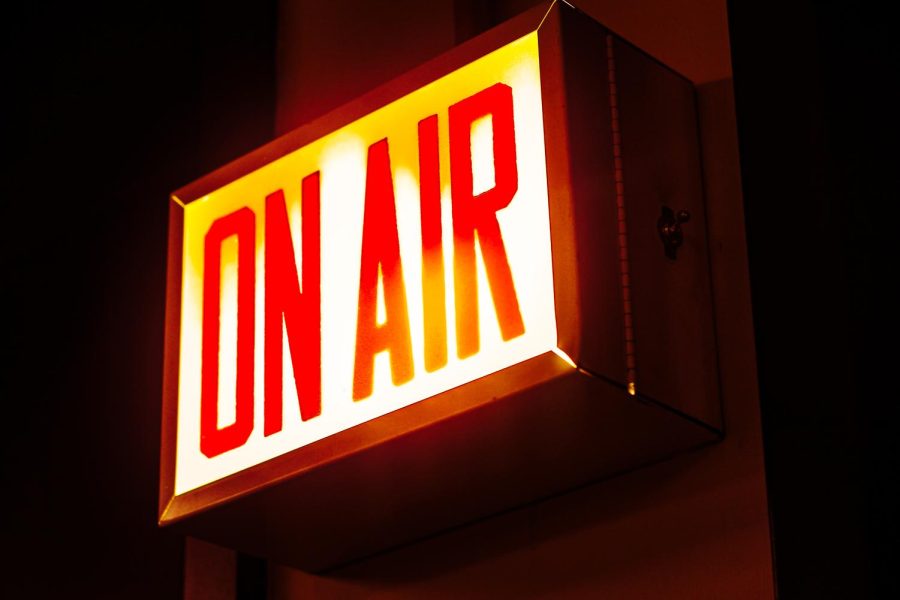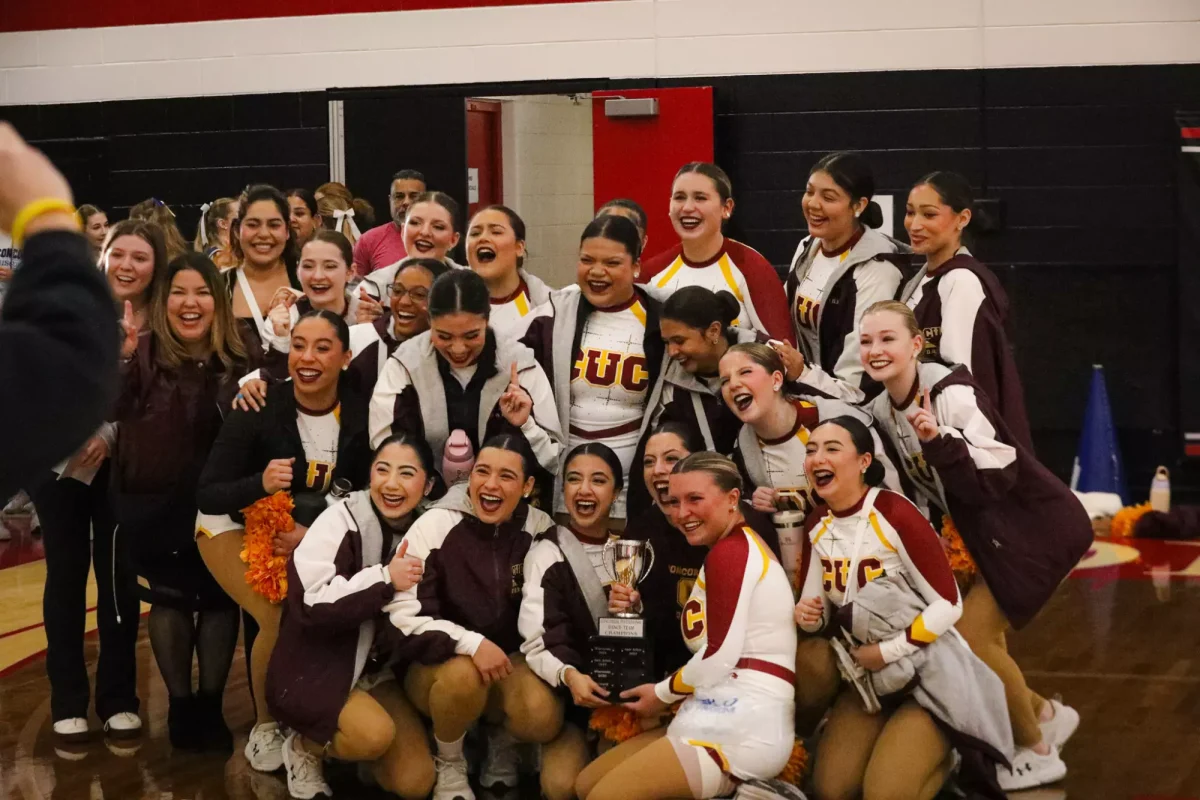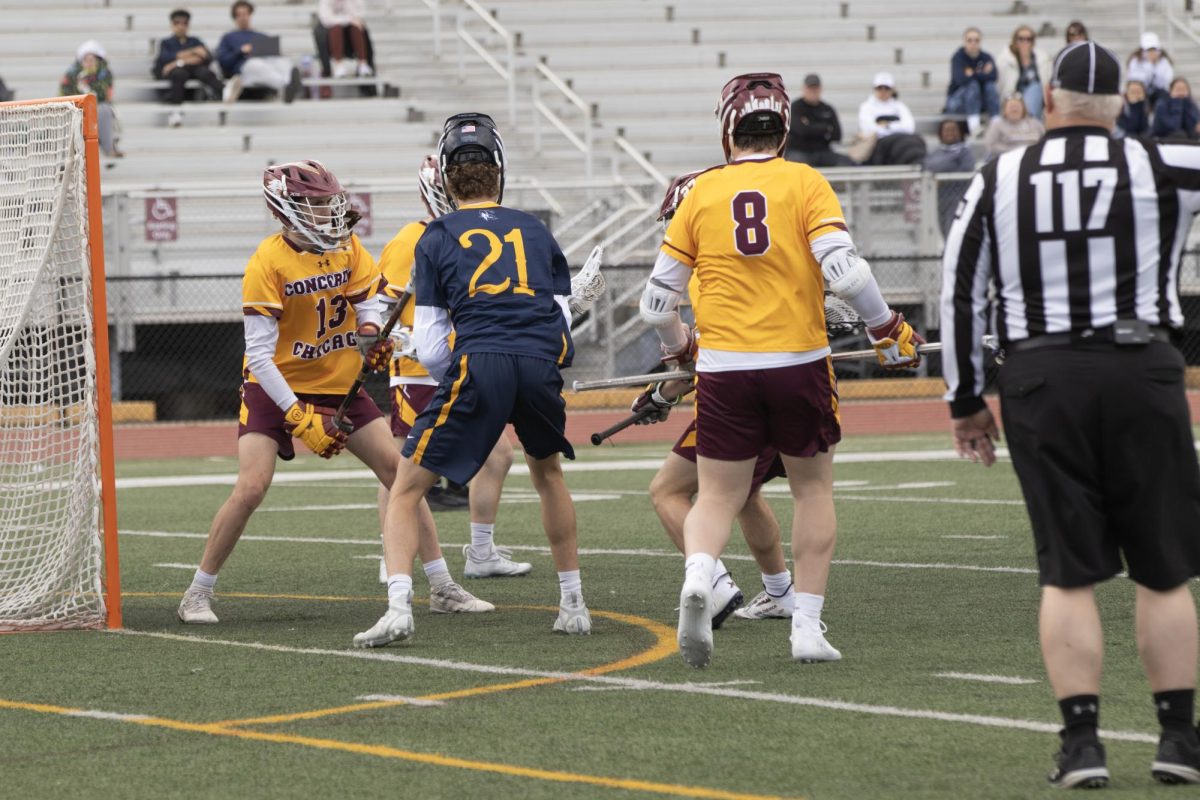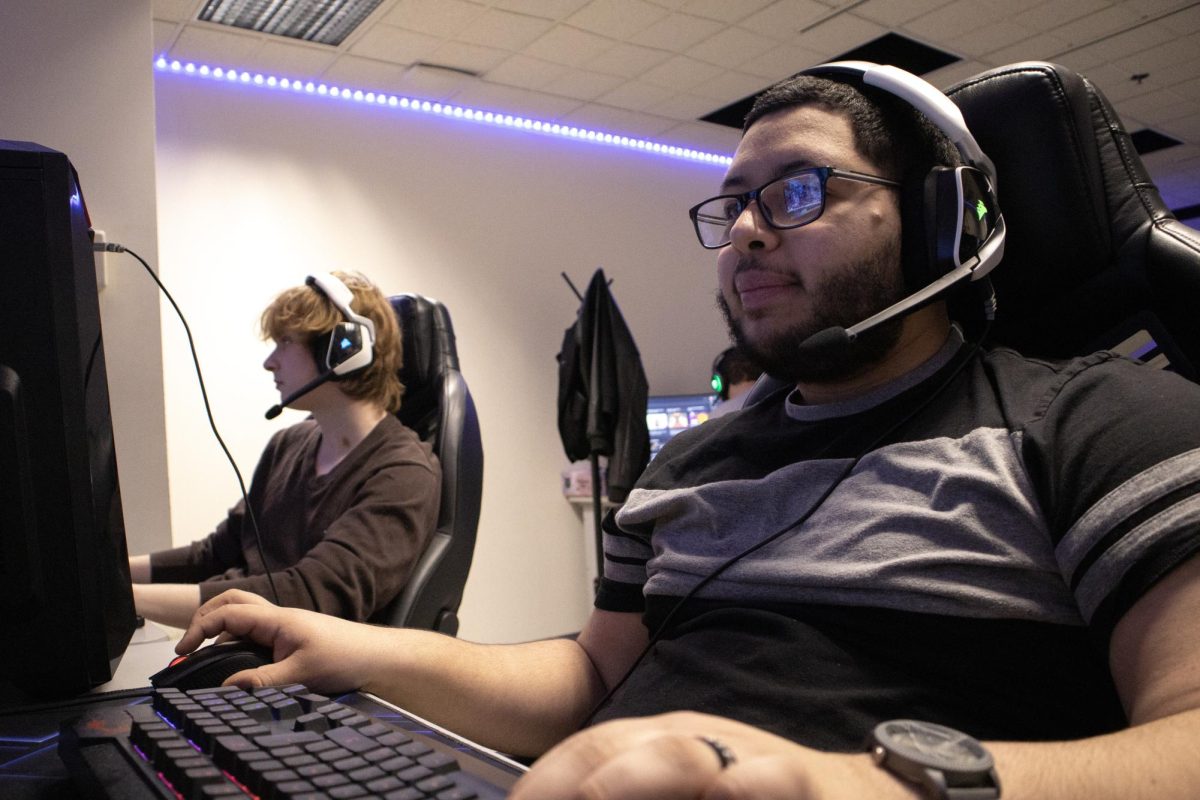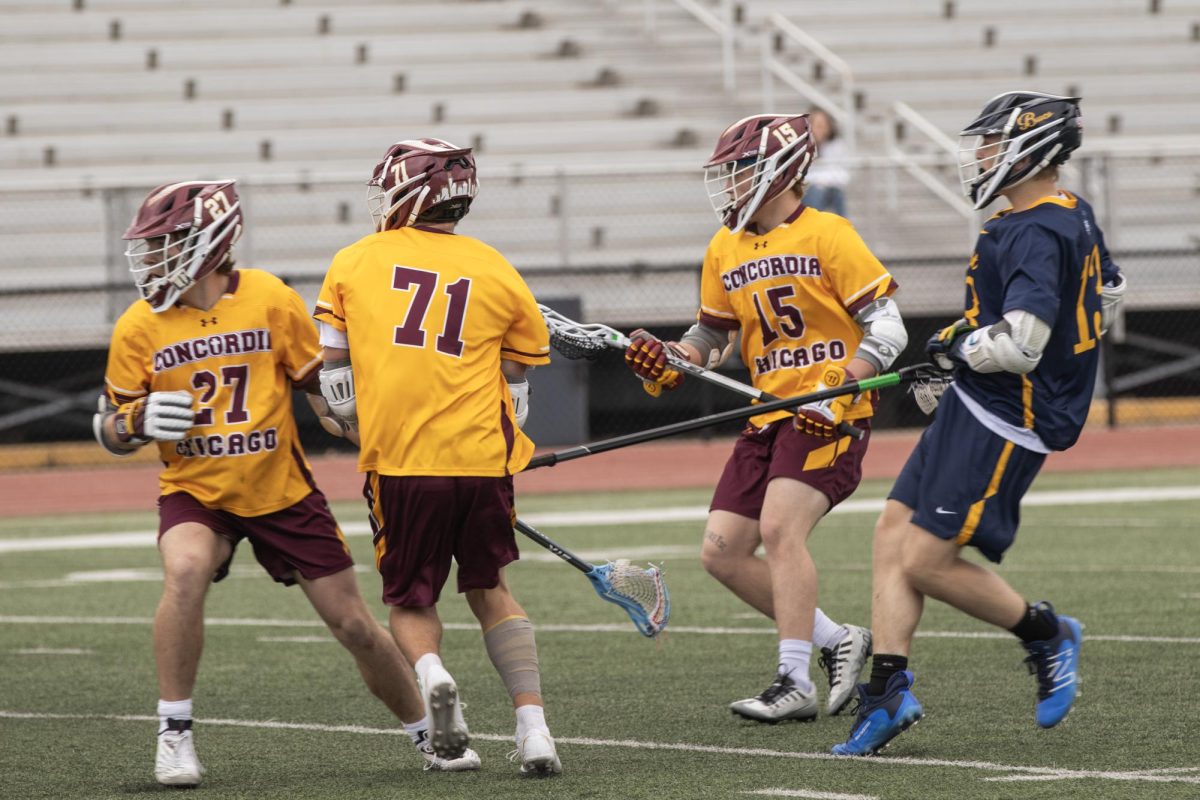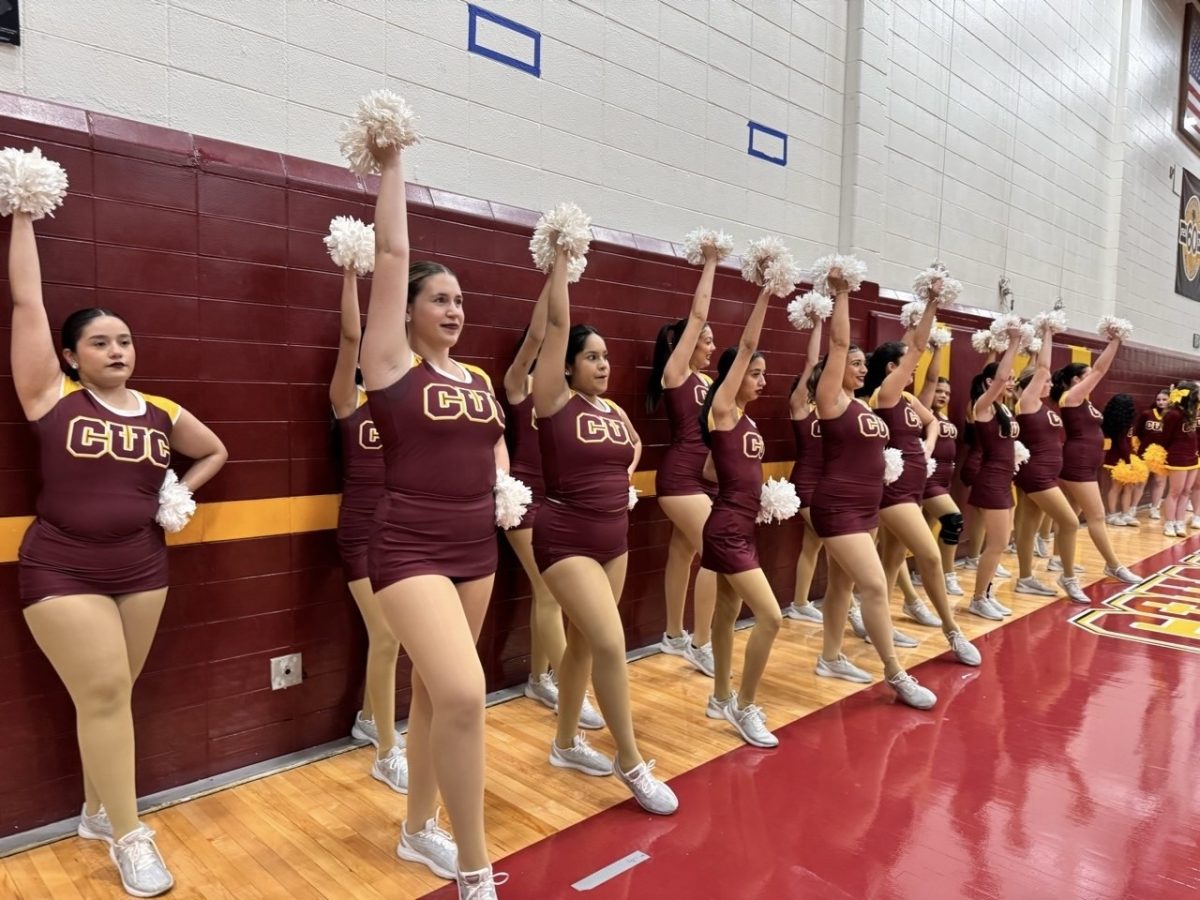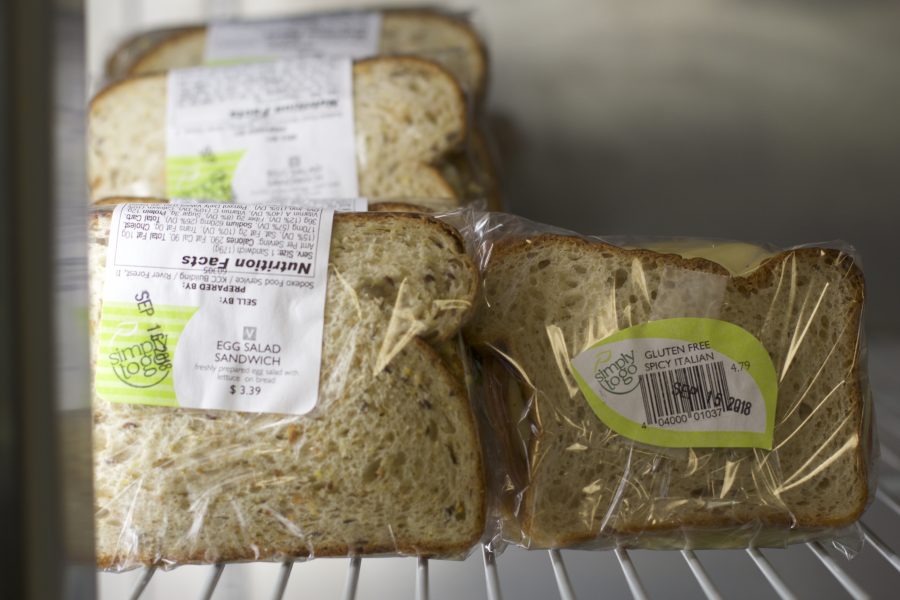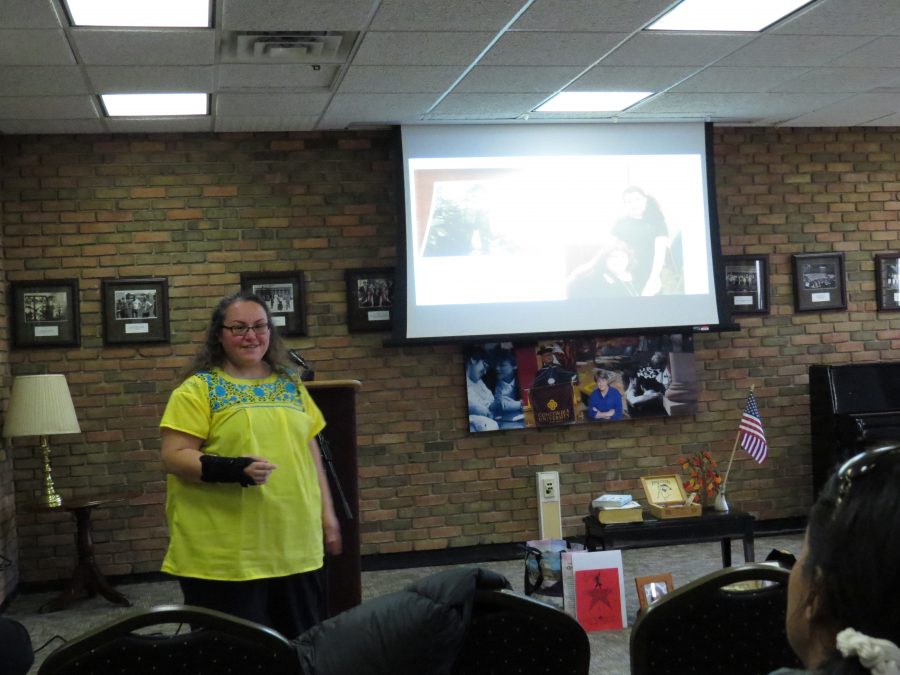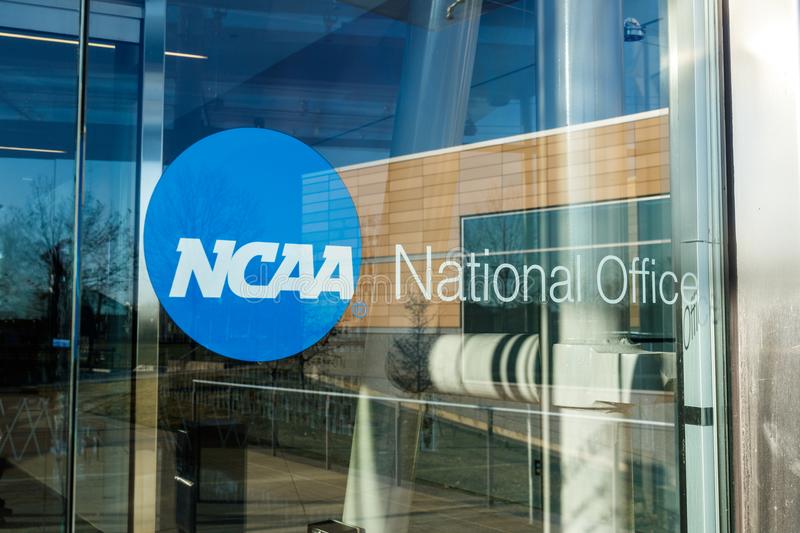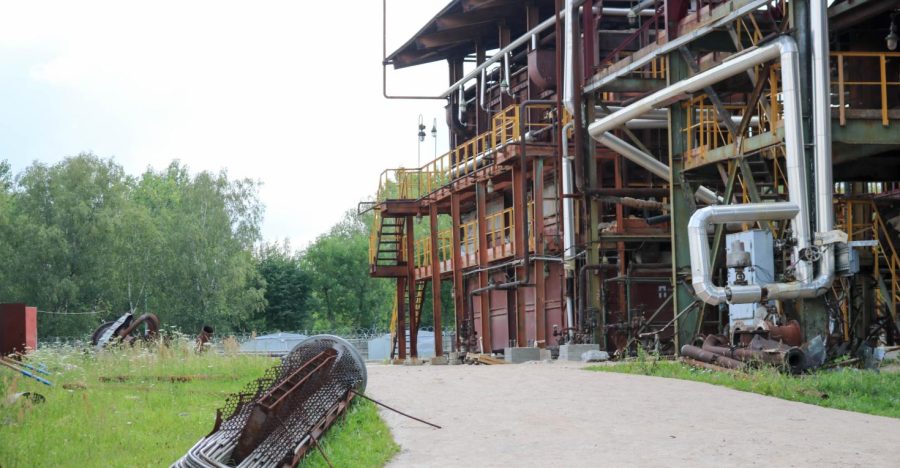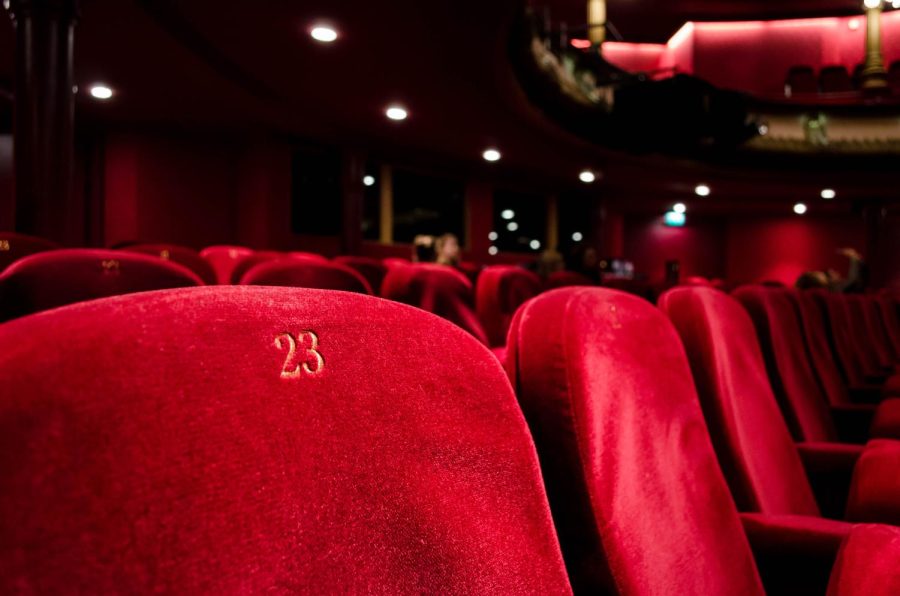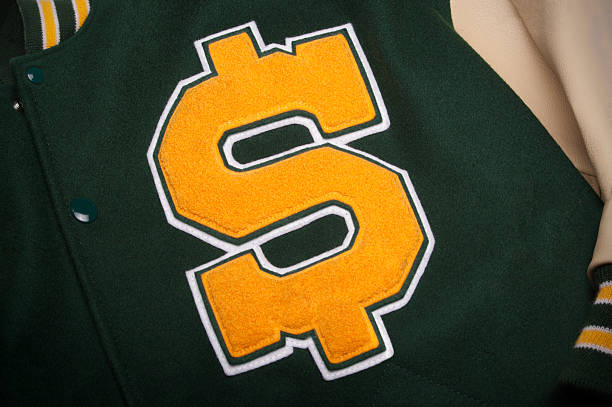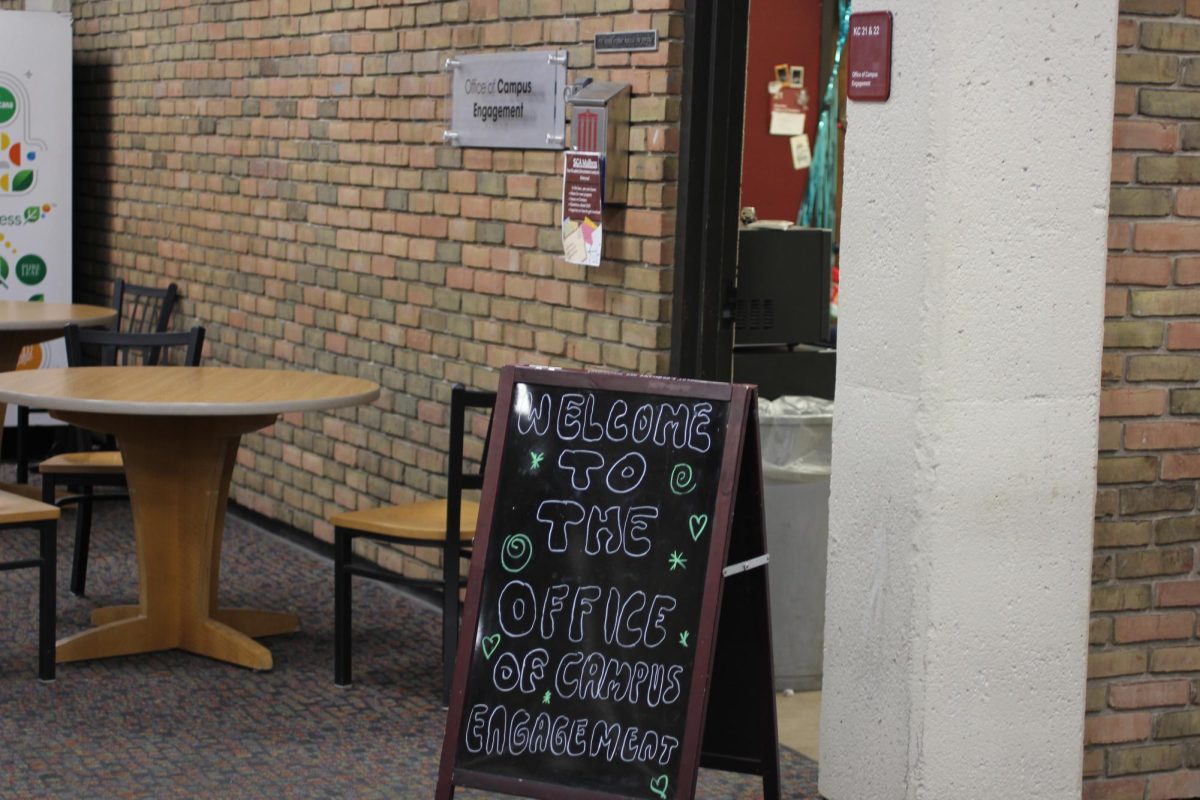CUC Presents: “The Conservation of Paintings: Historical and Technical Discoveries”
April 30, 2021
History can be hidden under a thin layer of paint for hundreds of years before it is finally uncovered by a conservator searching for the truth.
On Wednesday, April 14, Professor Nikkole Huss, curator of Concordia University Chicago’s art collection and co-chair of the art department, hosted “The Conservation of Paintings: Historical and Technical Discoveries.” The event featured a zoom presentation by Bauman who is a former associate conservator of paintings for the Art Institute of Chicago.
The presentation was a huge success. “This virtual event was a wonderful way to connect interdisciplinary studies with CUC students, alumni, many other universities, and local community members,” said Huss. “We received a record number of 251 registrants for the event including international attendees.” explained Huss. Staff from Glessner House Museum, Krannert Art Museum at Champaign-Urbana, and the University of Illinois Chicago were also in attendance.
Throughout the course of the lecture, Bauman explained his background in the field of art conservation and provided viewers with several examples of his past work and methods he used. He reviewed his past projects, displaying multiple images of the paintings throughout the different stages of their restoration.
Bauman provided tips and information on conservator topics, from the two photographic cleaning techniques in restoring artwork to uncovering history in his restored paintings. “Time does not matter to a conservator,” Bauman said. “We are working to save art not time.”
Bauman also shared some of his greatest career accomplishments, such as his work in revealing that a $400,000 Mary Todd Lincoln portrait had in fact been forged. “This was my greatest discovery of what something ‘wasn’t,’” Bauman said. “It sent shockwaves around the country—it even made Crime Inc.” His discovery was also featured in the Sunday New York Times.
Bauman received his master’s degree from the University of Chicago. In 1972, he joined the conservation department at the Art Institute of Chicago, where he worked for 11 years. Bauman then founded the Chicago Conservation Center in 1983 and directed the program for 20 years, making it the largest art conservation facility in the country.
He established the Bauman Conservation in 2003 after leaving the private sector. The Bauman Conservation is the United States’ first conservation lab dedicated to providing free services to museums and nonprofit organizations, including CUC. Bauman estimated contributing over $6 million in conservation services to multiple organizations. He currently continues to provide art restoration services, as well as educational services. “Daily, I’m working with museums offering and scheduling presentations along with grant writing assistance,” explained Bauman.
Concordia University Chicago and Huss take great pride in its art collection and the university’s art program. It is with the help of people like Bauman that CUC is able to properly celebrate and dive deep into the history and the truth that can be found within artwork.
“In 2019, I applied for a Collections Assessment for Preservation, or CAP grant, which provides recommendations and priorities for long-range care of art collections,” said Huss. “In 2020, CUC was awarded this prestigious grant. This is how I met Barry.”
When CUC was awarded the CAP grant, Bauman and Danielle Euer, a historic building preservationist, provided CUC with detailed recommendations for the care of their collection. All of their services were covered within the grant, but Bauman also offered CUC free services by doing conservation work on some of the university’s artworks. The CAP grant and the meeting between Professor Huss and Bauman led to the lecture.
“The truth is my work has never been a ‘job’—it’s always been a reward,” Bauman said. “Conservation is a wonderful synthesis of art and science blending the best of both fields.”
Professor Huss and Bauman are planning another unique presentation set for next year that will involve Bauman’s work in the treatment and discovery of Lucas Cranach’s Martin Luther and Katharina von Bora portraits from the year 1537.

